In today’s competitive world, fashion brands are always trying to be superior to other competitors by moving their creative managers; Because these shifts can have a deep impact on companies from different aspects. It can be said that 2023 was the year of unexpected changes in the world of fashion, especially in the field of creative directors. From Gucci to Louis Vuitton, from Davide Renne to Roberto Cavalli, from A$AP Rocky to Pharrell and from John Galliano to Hedi Slimane; Week after week we saw big names leave their posts for new opportunities or job changes; Some managers have passed away; Music singers have been chosen as creative directors of big brands, and rumors of the transfer of some managers have made headlines. In addition, in 2023, the fashion industry entered a new era of employing young creative managers, and more young managers were assigned to lead big and old brands. Today, in 2024, these changes are expected to continue and even more shifts will occur in the world of creative directors. Below is a table of the storm of changes of creative managers from 2023 to today:
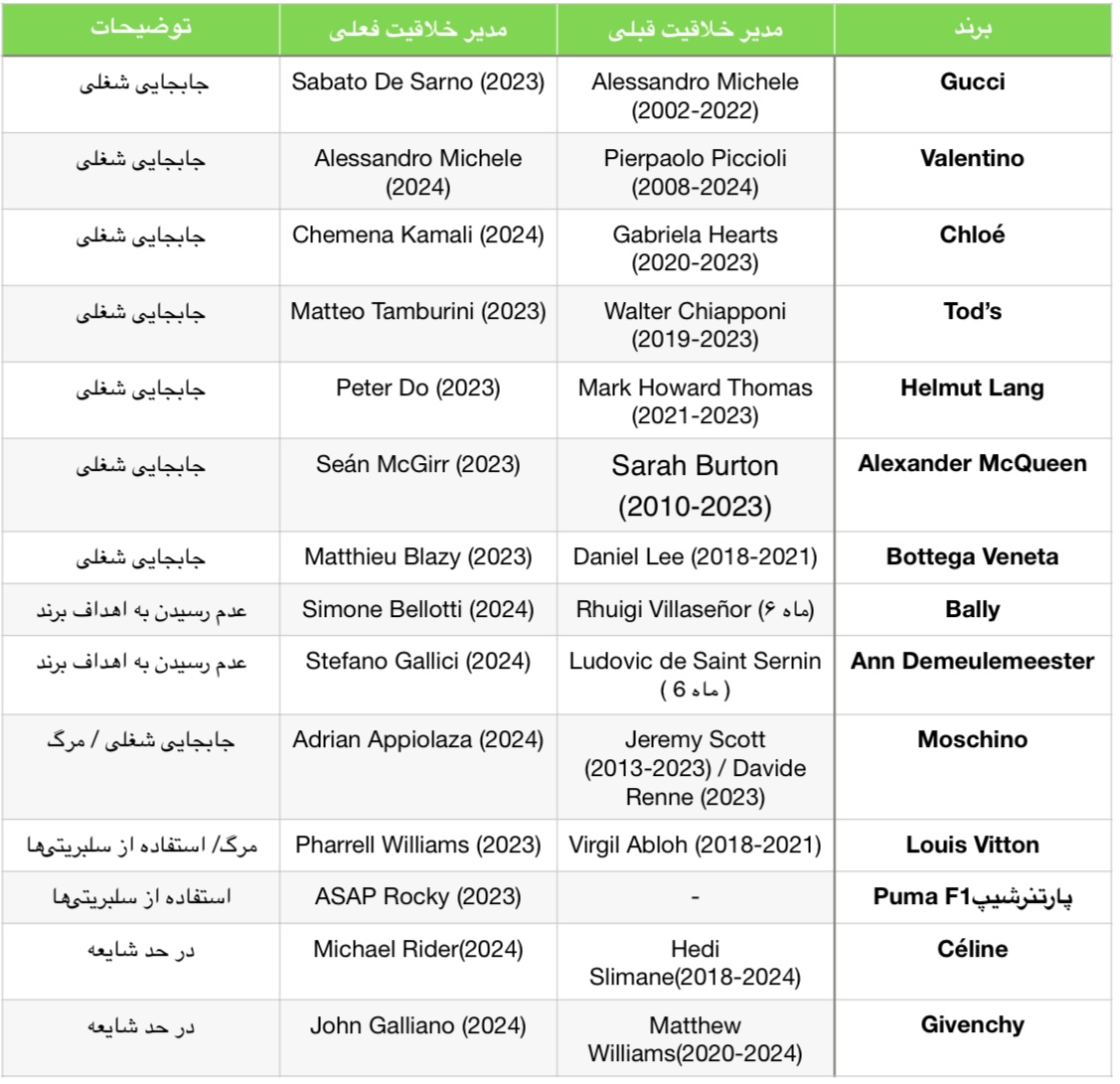
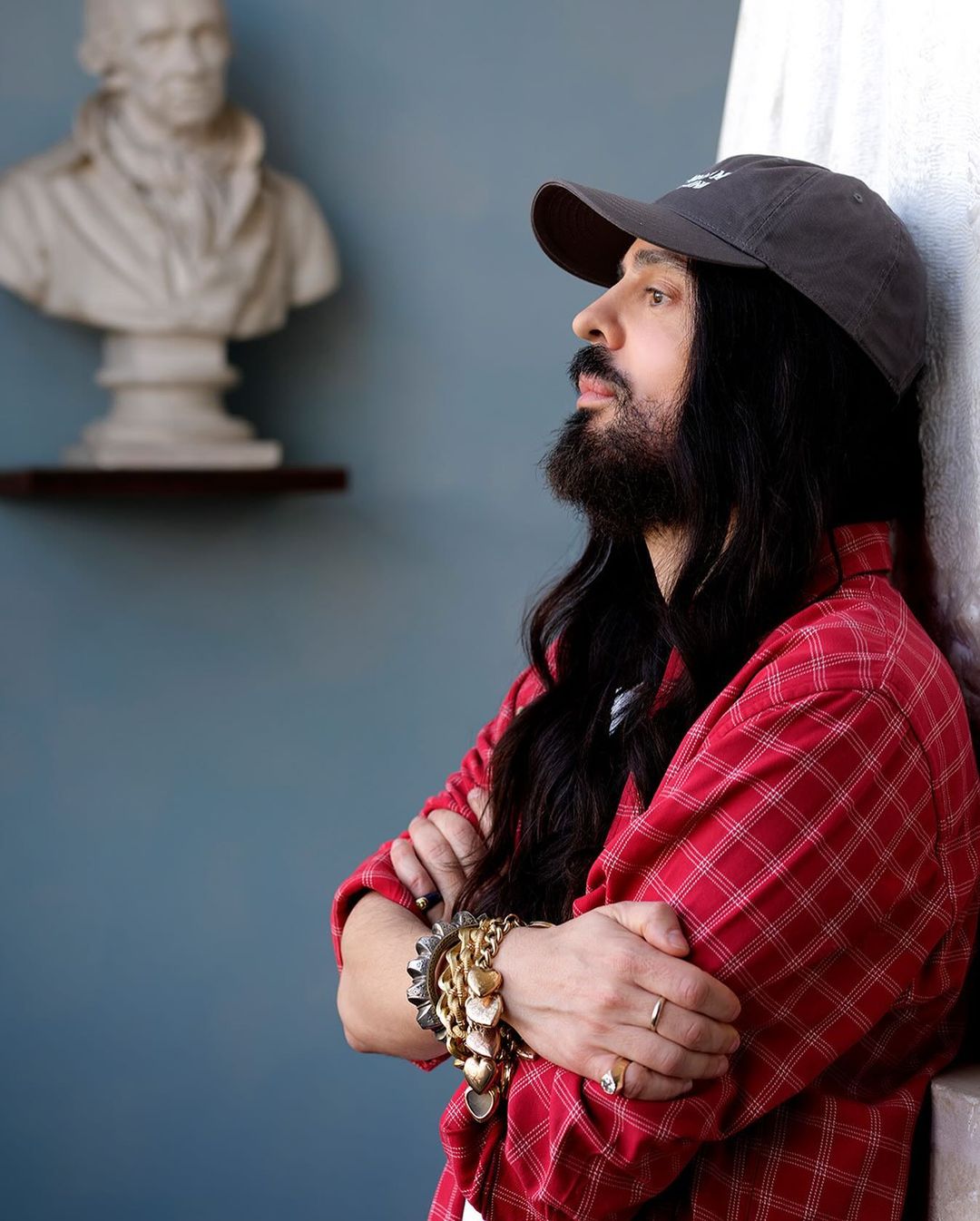

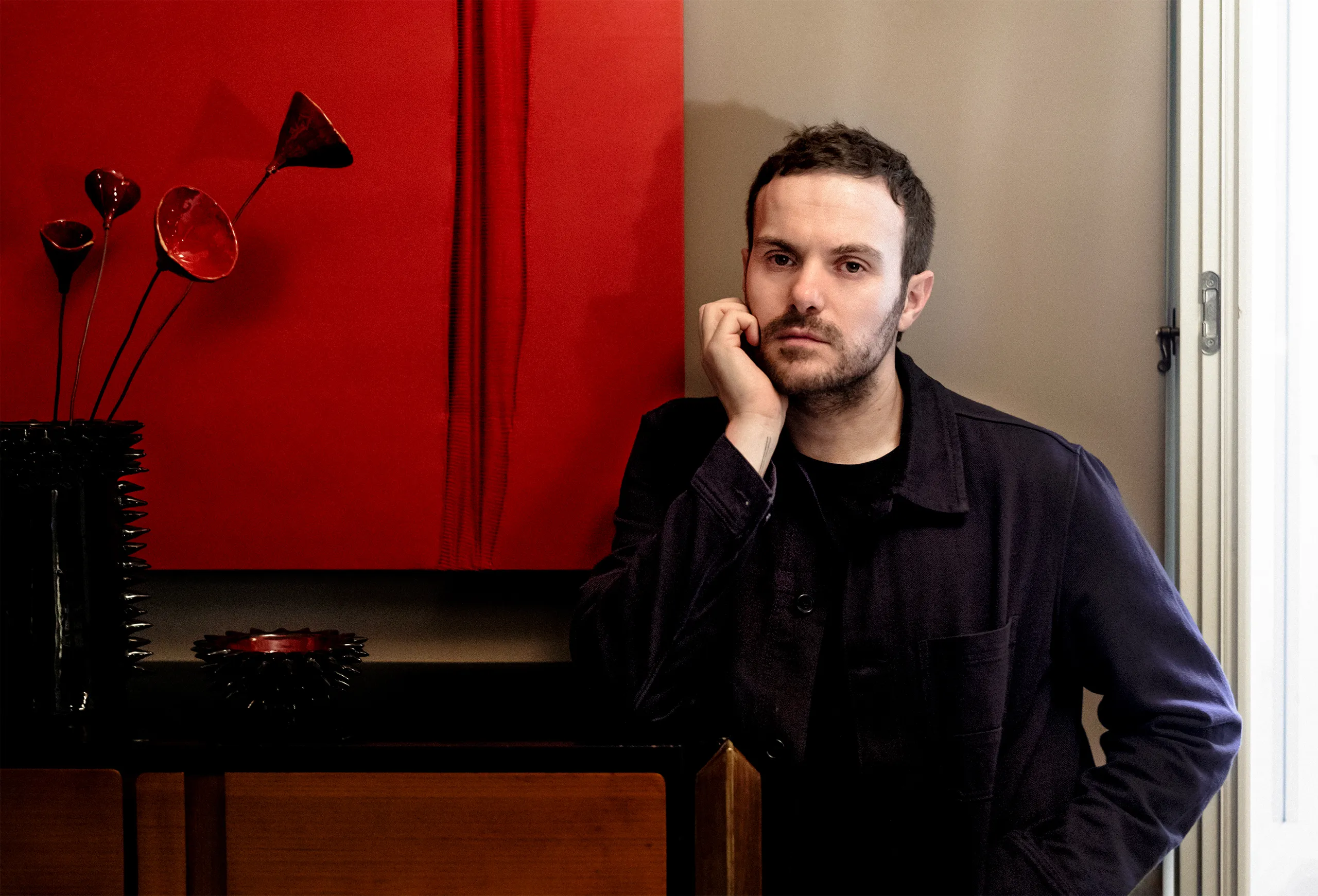

The epidemic of turnover of creative managers
2023 can be called the year of the transfer of creative managers in different brands around the world; Because we saw that the recruitment and separation of creative managers along with their teams has reached an unprecedented level in the last few seasons. Many directors have resigned from their position and joined other brands, some of them are mentioned in the article “The best creative directors of fashion houses in 2023 and 2024” in the closet magazine.
The truth is, when brands do this, they risk their credibility; Because the appointment of a new creative director does not simply mean replacing one name with another, but a strategic maneuver that affects the aesthetics and positioning of the brand. When it comes to the decision-making process and controversial transfers of creative directors, we need to know that there is more going on behind the scenes than meets the eye. Many senior managers and brand owners always hope to create a new era of creativity and innovation for the brand by hiring a new Creative Director; So that they expect the sales of the brand to increase rapidly from the first moment of the unveiling of the new manager’s collection. This type of perception is fundamentally wrong because achieving big changes is not so easy and fast.
For example, it took 8 years for Gucci’s former creative director, Alessandro Michele, to make significant progress in sales of the Gucci brand, increasing sales from 3.6 billion euros in 2015 to almost 10 billion euros in 2023; Or Daniel Lee, who turned Bottega Veneta into a giant in the field of accessories, after 3 years he was able to increase sales by 28% and increase the brand’s revenue from 1.17 billion euros in 2019 to 1.5 billion euros in 2021. deliver Also, Hedi Slimane was able to increase the value of this brand from 114 million euros in 2018 to 728 million euros in 2021 after 2 years of his first appearance in the Celine brand.
In contrast, there are hasty brands such as Ann Demeulemeester, Trussardi and Bally that have hired young creative directors in recent years and replaced them with someone else in less than three seasons.
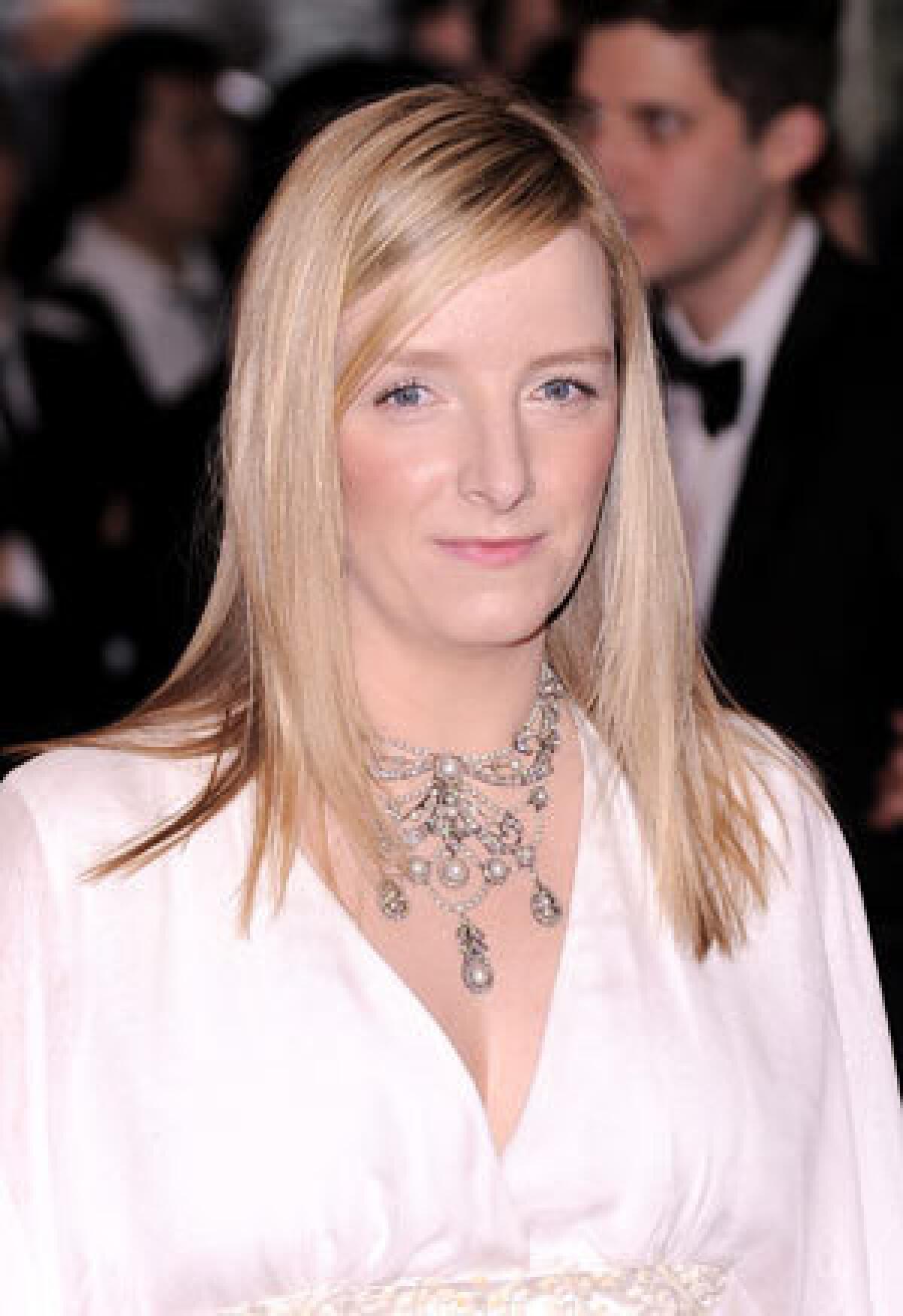

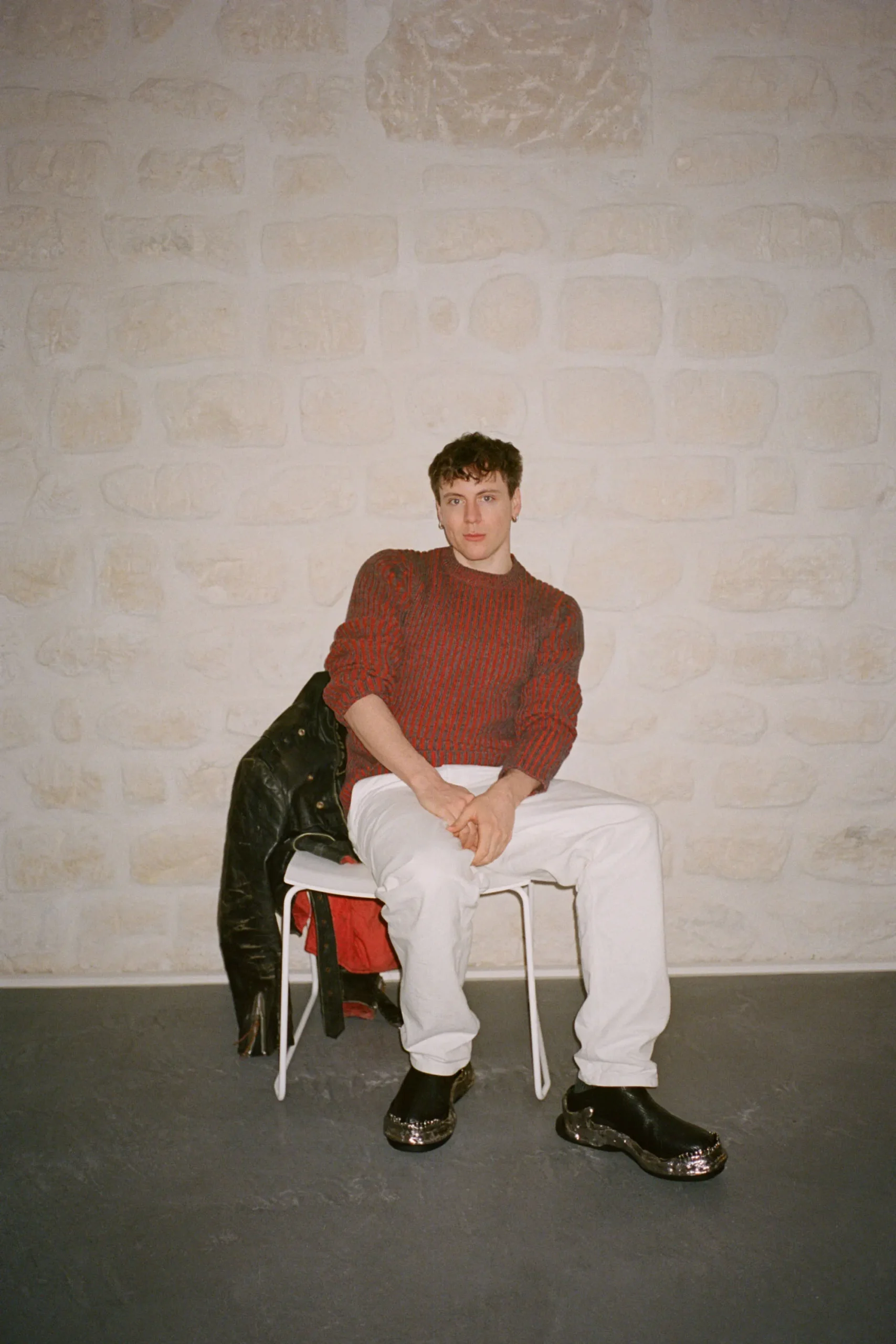

How much time should pass after the appointment of the creative director to achieve the desired result?
The fact is that with the passage of time, brands become bigger businesses and the expectations of brand owners and audiences are getting higher day by day. It is important to know that success in the fashion industry depends on creativity and innovation. Creativity attracts more audience and thus increases brand sales. The role of the creative director is to design a product with his new perspective and creativity so that it can become the trend of the day faster than the competitors. As the demand for trending products increases, brand sales also increase; It is at this time that the commercial success of a creative director will be somewhat determined, which is at least a year-long process.
Analysts believe that the success of a creative director takes from at least one year to more than 3 years; But in any case, signs of the future success of a creative director can be guessed from the beginning of his appointment; Judging by the early hype of the move, the controversial and satisfying presence at fashion weeks, the use of his products on the red carpet and the success of his first few collections.
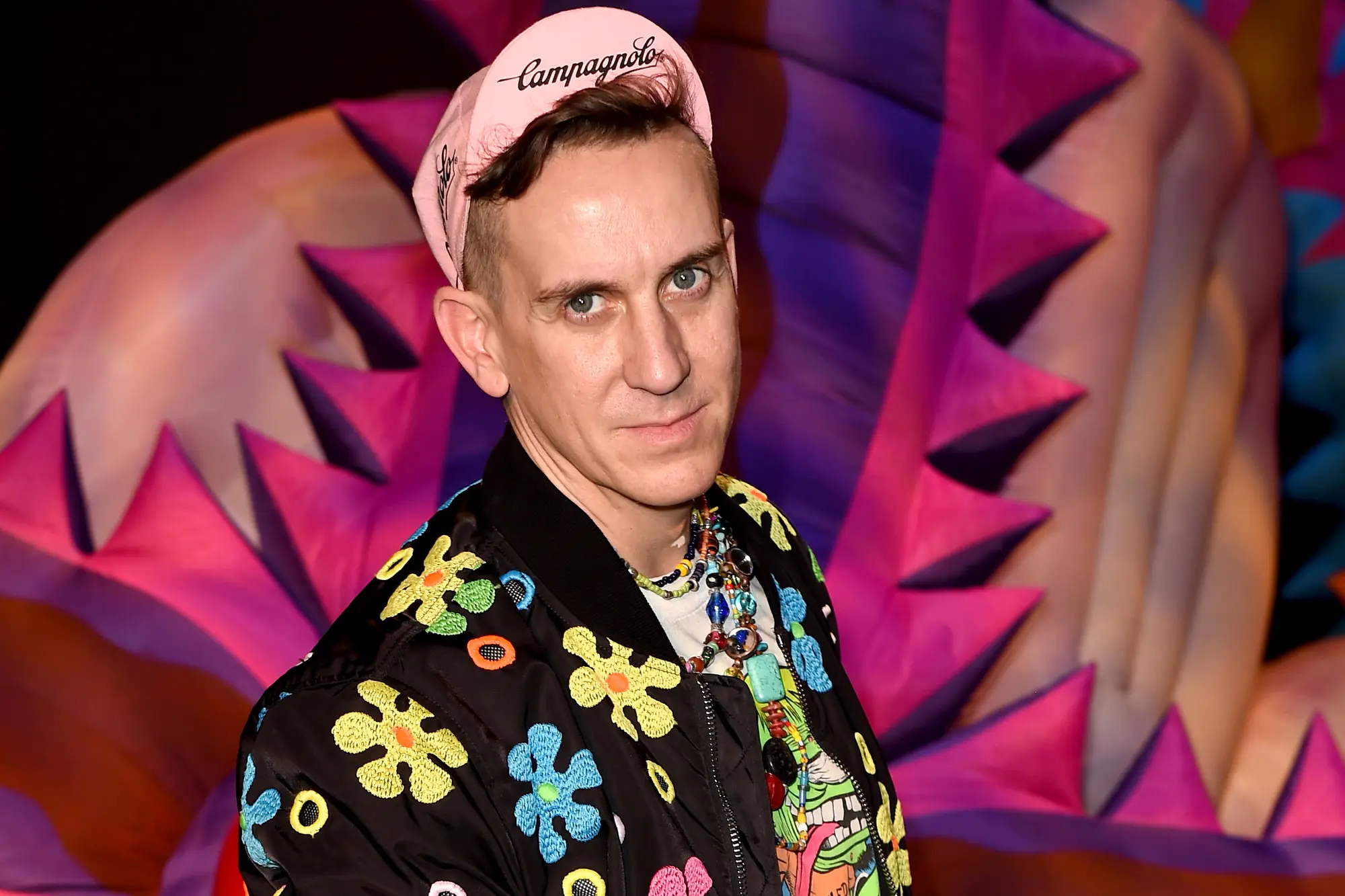

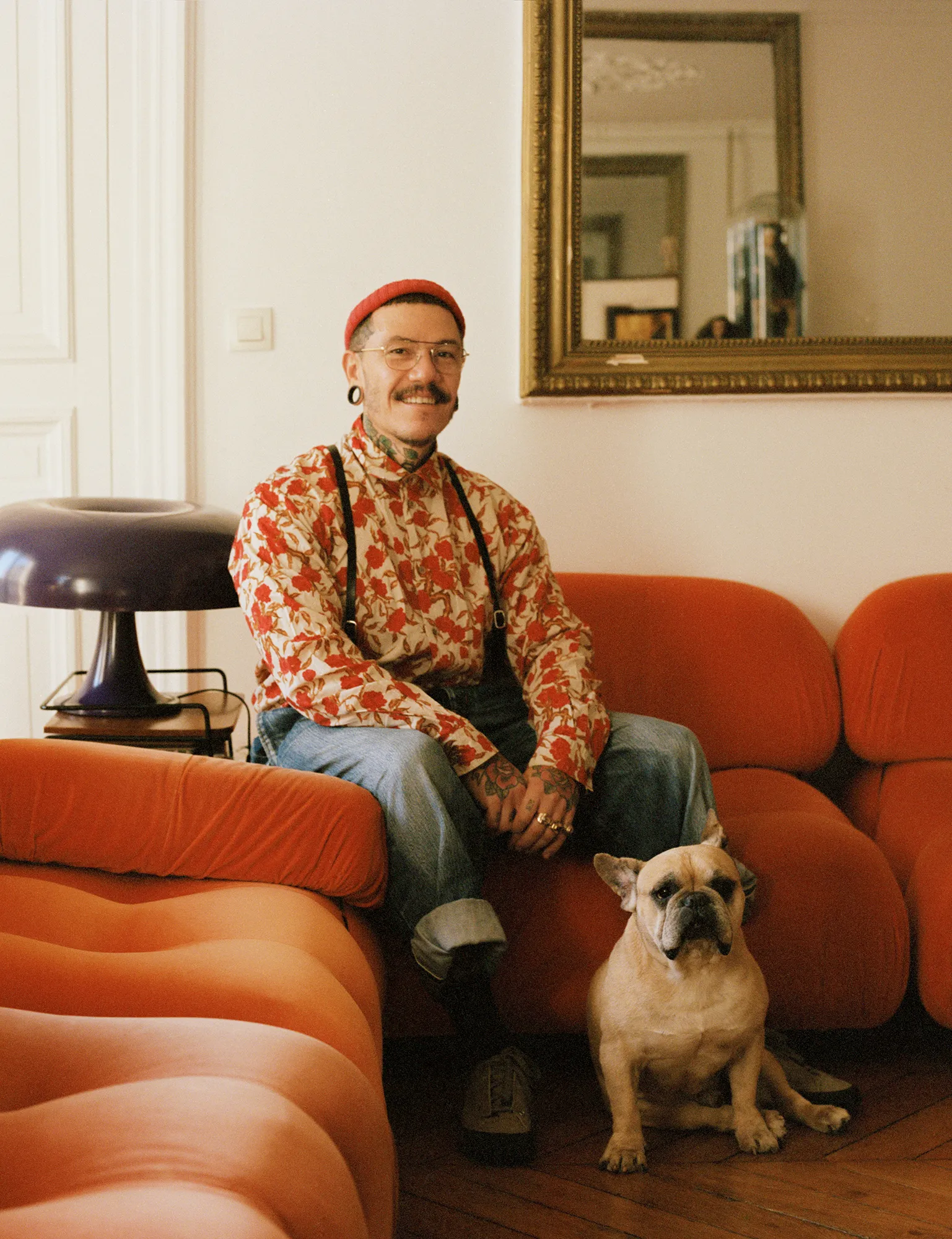

Is it crazy to choose young people as the creative director of big brands?
The risk of choosing young talents as managers is very high, especially in the case of managers who also have a personal brand and whose first priority is their own brand; Like Nina Ricci’s creative director, Harris Reed. On the other hand, some young talents, especially those who are in the early stages of their careers, have a superficial view of the position of creative directors and look at this job like any other job they put on their resume; Because they know that this position is temporary and they accept it just to place their name next to the big name of the brand and to gain personal experiences; Even if it takes several seasons.
For example, some argue that Peter Do keeps the best ideas and parts of his collection for his own brand, Peter So; On the other hand, we can point to Demna at Balenciaga and Alessandro Sartori at Zegna as successful examples who left their personal brands for the commercial success of the brand they work for. This does not mean that young talent should not be hired. They just need more support to understand how the brand works. However, hiring from interns and interns seems to be a strong strategy for many big brands. Hiring these people makes a young person with a fresh perspective join the group who is familiar with the language and the main purpose of the brand. Also, the hiring process of these people is faster because they understand the brand DNA, culture and structure of the company very well.
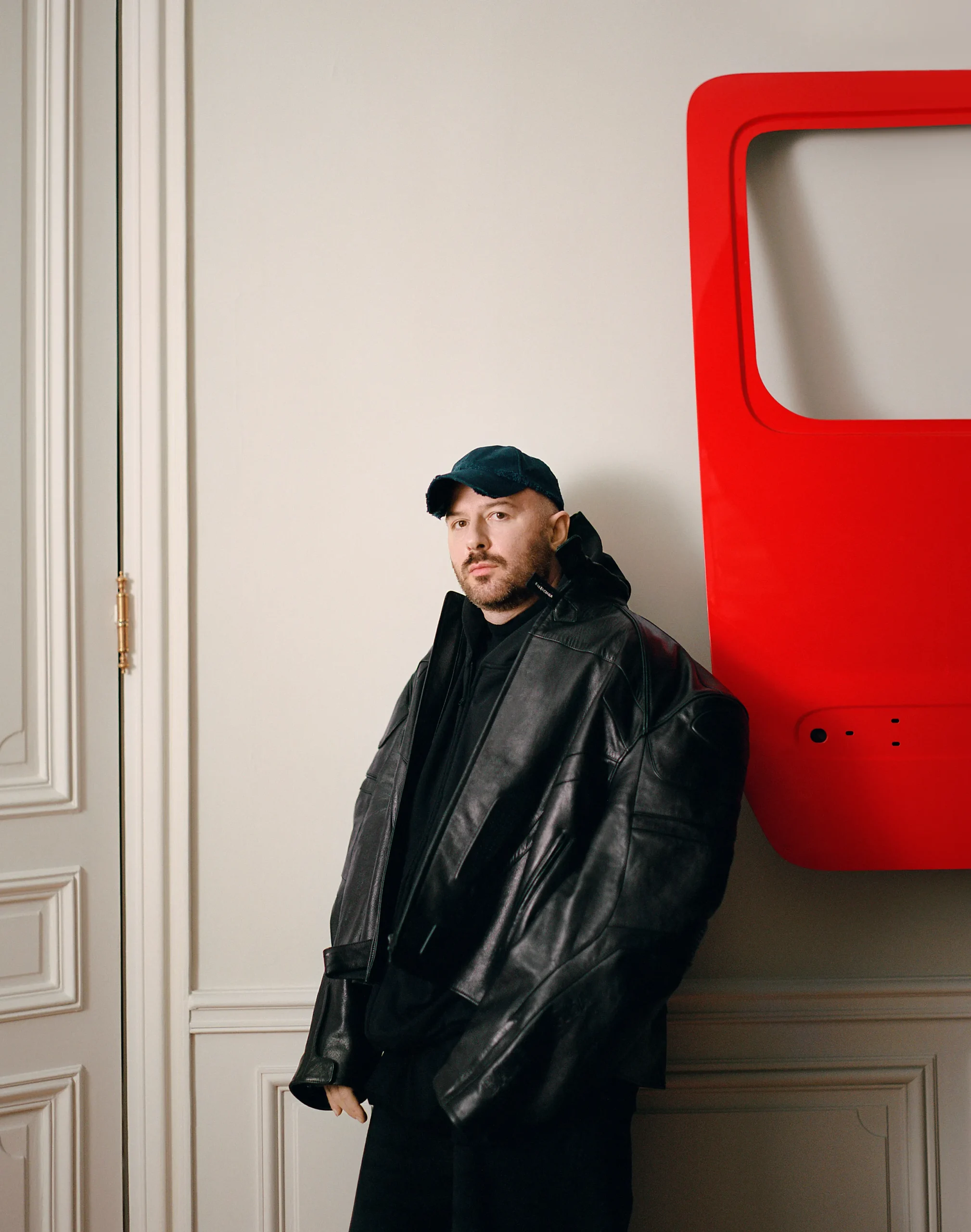

Manager transfer What effect does creativity have on brand fans?
Changes in the creative director can cause brand fans and customers to reconsider; So that some people become new customers and some old fans move away from the brand. For example, when Casey Cadwallader was introduced as Mugler’s creative director in 2018, many fans of Thierry Mugler’s special fashion were unhappy with his performance and believed that Cadwallader had changed the brand’s identity; Because Moghle was known as an avant-garde and popular name in the industry for a very long time, and now Kodwalader had influenced it. With the passage of time and frequent use of Cadwallader, people’s awareness of his capabilities and performance increased, and fans were forced to get familiar with Cadwallader’s new and attractive capabilities in design and get used to him. Also, the positive experiences of users and the beautiful designs provided by Kadwalader made people’s negative mindset change and they no longer show sensitivity to the replacement of the new creative manager; Of course, after many years, there are still fans who are loyal to the aesthetics of Thierry Moghle and still complain about Kodwalader. In contrast, Nicolas Ghesquière at Louis Vuitton’s women’s line and Kim Jones at Dior Men’s kept successful brands as they were, but strengthened them at the same time, rather than revolutionizing them. In general, creating a revolution in the brand requires various factors such as the need for business to change, the failure of past strategies, the ability to balance creativity and business needs, and the ability to communicate with changing customer tastes. Creative directors of successful brands anticipate problems before they happen, and the best strategy for maintaining long-term relationships is to have a multifaceted creative team.
The press and social media are also very influential in making premature judgments about new creative directors after a fashion show or two. Everyone should give the new director a chance to develop because even the best designers can’t do much to develop the brand if creative directors don’t have enough support.
The selection of celebrities such as Pharrell Williams as the creative director of Louis Vuitton or Isp Rocky as the creative director of Puma F1 (Puma Formula One) collaborations causes many enthusiastic and loyal fans of these singers to join the previous fans of the brand. These smart appointments will have a huge impact on brand visibility and sales.
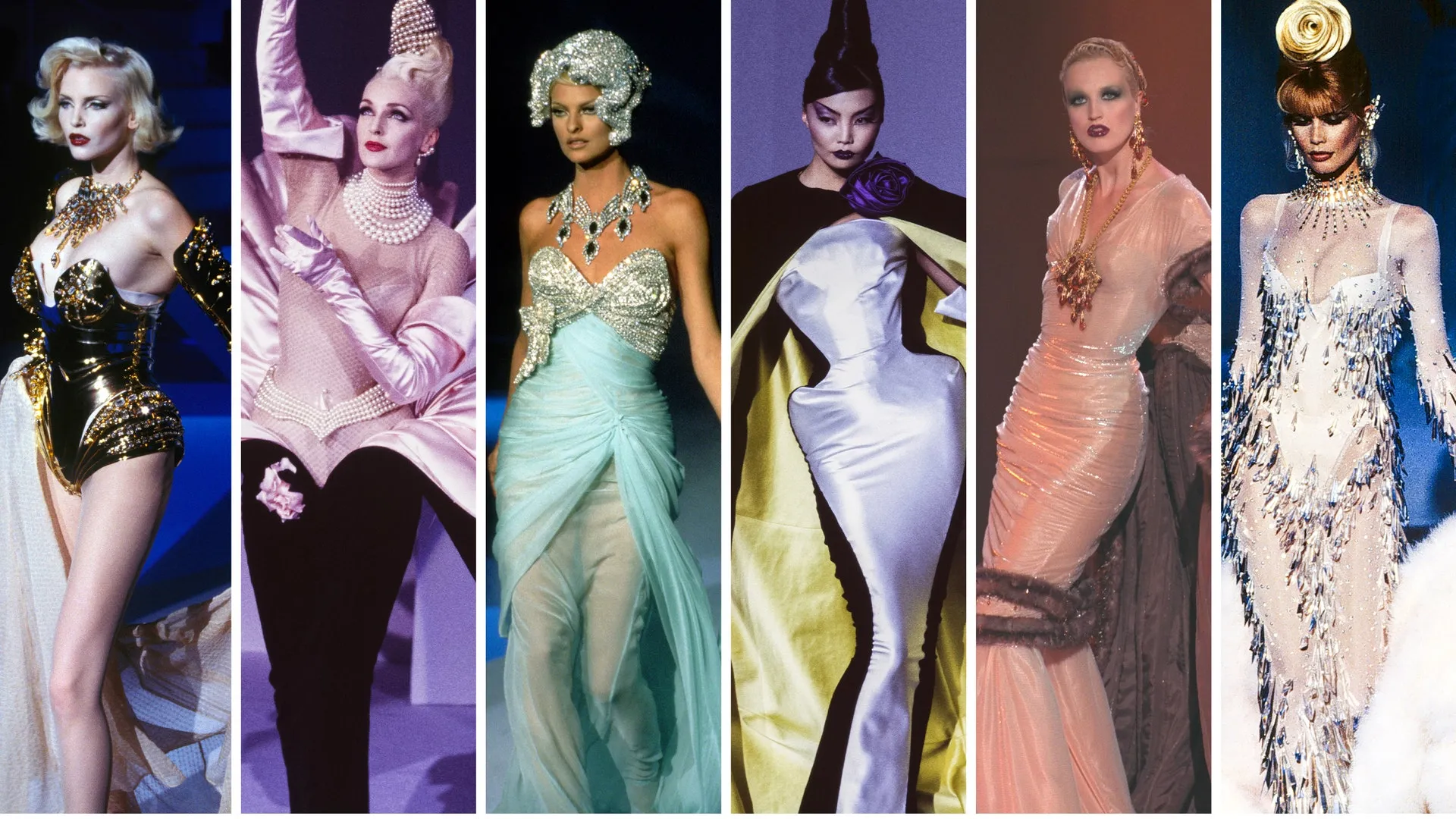

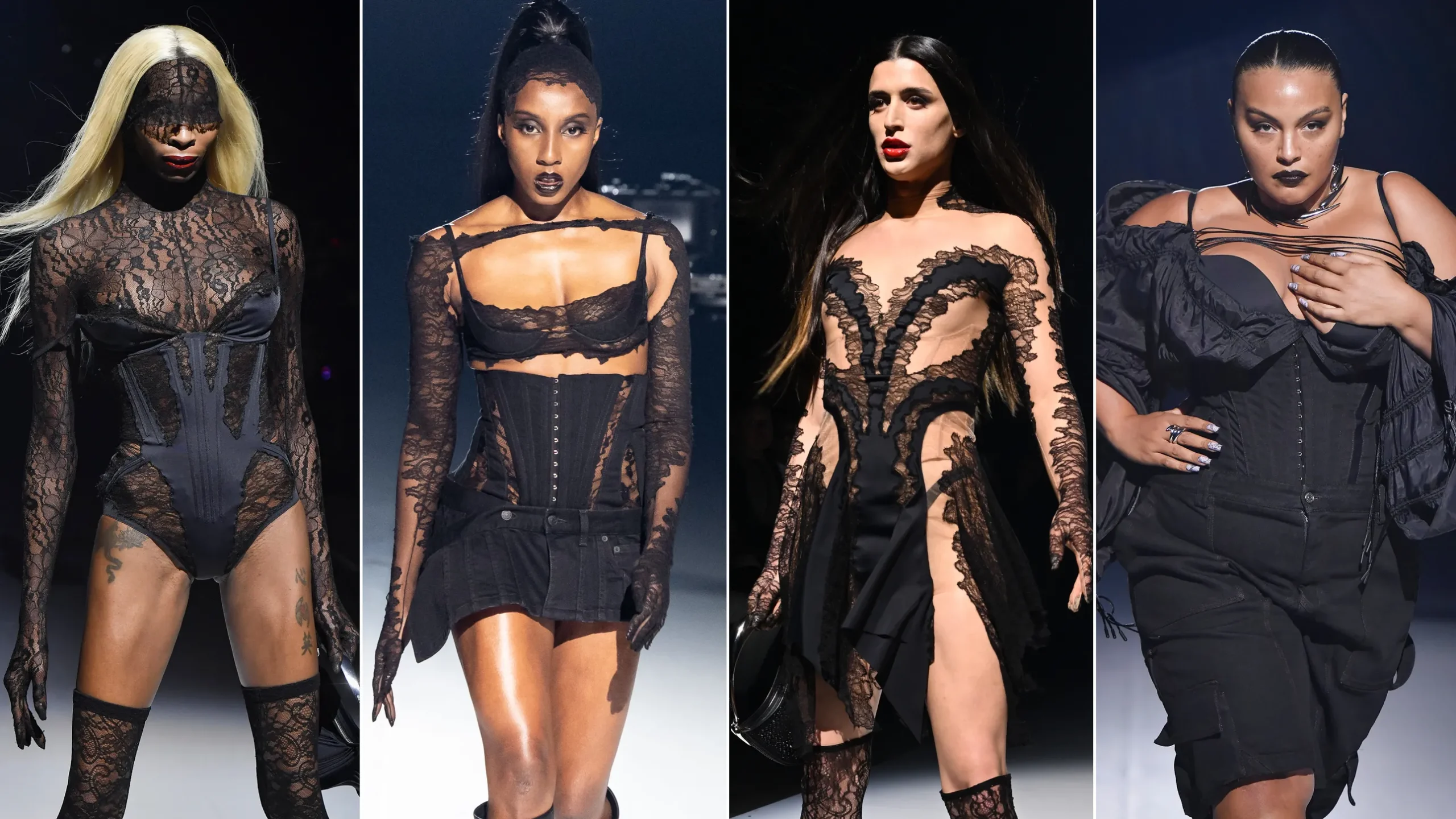

Displacement as the beginning of change
A change of creative director in fashion can have far-reaching effects on brands. Here are some possible effects of this change:
presentationThethe planTheand new products
The new creative manager can give new energy to the process of designing and producing products with his innovation and creativity. This change can lead to the creation of more attractive products, different designs and the use of new materials and technologies.
A response to trends
Luxury brands manage a market where consumer tastes change frequently; Because they are influenced by social media trends or world events. With the rise of digital platforms and the democratization of fashion, luxury brands are under pressure to stay ahead of the competition and constantly come up with ideas to capture consumers’ attention.
Innovation while maintaining identity
The survival of any luxury brand depends on its identity; Because the identity of each brand distinguishes it from other competitors. When choosing a new creative director, brands should carefully analyze whether the person in question can combine their creative vision with the brand’s heritage to develop new products. A successful transition requires a combination of maintaining the old code and being innovative.
Revise the marketing strategy
By influencing the brand’s marketing strategy, the new creative director may also implement changes in the marketing and advertising approach. This includes changing products, selecting new target groups, improving customer experience, and using new advertising methods.
Change in consumption patterns
Changing the creative manager can change the consumption patterns of customers. This can include changes in designs, colors, styles, and brand philosophy that somehow make customers reconsider their choices and create a new appeal for another group.
Impact on competitive position
By changing the creative director, the clothing brand can change its competitive position. This change can lead to increasing the competitiveness of the brand in the market, attracting new audiences and strengthening the loyalty of previous customers.
Photo twelve – Singer and composer Pharrell Williams, creative director of the Louis Vuitton brand
From the consequences of successive changes to how to achieve stability
| Loss of brand identity | Frequent changes of creative managers can cause the loss of the unique identity of brands; Because every designer has his own style and constant change can make brands misguided, aimless and lacking in identity. |
| Confusion for staff | Frequent management changes can confuse employees and negatively affect their morale. Despite this lack of stability, employees may lose confidence in the company and no longer be motivated to give their best work. |
| Decreased brand value | Frequent changes of the creative director can cause customers to lose their trust in the brand. Customers may think that the brand is unstable and has no long-term goal. |
To avoid these consequences, brands should take the time to find a creative director who fits their vision and values. It is necessary for brand owners to support creative managers so that they can perform their duties well; They should also be patient and give managers time to align with the brand’s identity and goals. The issue of frequent change of creative directors in the fashion industry is a complex issue with many causes and consequences. Brands must find solutions to minimize the negative impact of this issue and ensure the sustainable development of their brand.
Conclusion:
The turnover of creative directors can have profound effects on brands. These changes can attract new fans, reconsider old fans, create innovation, change marketing strategies, and improve brand performance. With a deep understanding of these influences, brands can choose the right strategies for moving their creative director and achieve stronger and more sustainable competition in the market. The decision to replace a creative director is as much about securing the brand’s future as it is about immediate challenges. These fashion houses hope to skillfully strike a balance between seasoned professionals and fresh young professionals while keeping up with market trends, maintaining brand identity and fostering a creative vision; Because the industry needs both of them. But in general, brands should rely on a team of creative talent rather than a star creative director.
Sources:
hypebeast.com
fashionunited.uk
www.fashiondive.com
fashionista.com
medium.com
esquiresg.com
www.gq.com
mega-onemega.com
www.sleek-mag.com
www.vogue.com
m.youtube.com
RCO NEWS
















